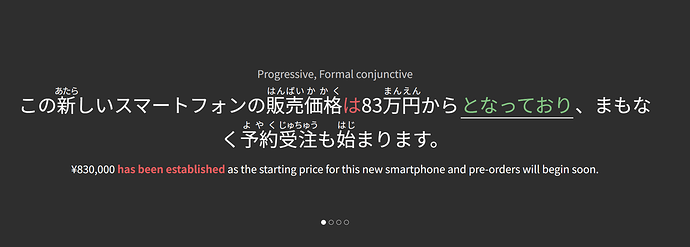This form of いる would just be a single い, and nobody wants that so おる is used instead of いる. It’s a special case for いる.
It’s exactly that grammar point.
Thank you for the help and replies. That grammar point is giving me some trouble so I’ll focus on it.
Just try to think about it step by step.
You’re basically taking, ている and transforming it in two ways:
- Adding a formality register
- Creating a conjunctive form to link it to another sentence
Since this is the formal conjunctive, it’s really those two steps combined into one.
いる can be made more formal by changing it to おる (ています is also more formal, ます ends sentences, and here we want to connect sentences). It’s a similar relationship as 食べる together with 召し上がる.
We then use the verb’s stem, which is おり, which is then simply connected to the て form. That’s how you get ており.
Just to really get the point across, you could technically say " てい", but it would be ungrammatical due to this being a formal conjugation. Often times Japanese is about realizing what you can’t put together vs what you actually can. It’s so flexible it leads to cases like this where it feels confusing since something is technically possible.
Hope this helps!

